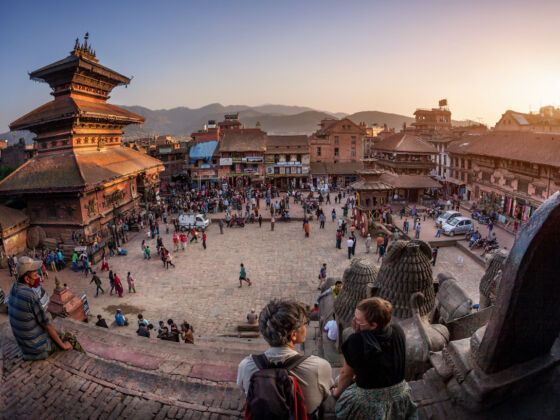1. Get high with holy men on Shivaratri.
Marijuana is illegal for most of the year in Nepal (although you wouldn’t necessarily know it). Except during the Shivaratri festival in March, that is. On these two days, young and old, male and female, smoke a joint or imbibe ganja ‘tea,’ to honour Hindu Lord Shiva. If you happen to be in Kathmandu during this time, visiting the Pashupatinath Temple — the holiest Hindu site in Nepal — can be a colourful but crowded experience, with the thousands of sadhus (Hindu holy men) who travel from across Nepal and India to get high and worship Shiva. But Shivaratri celebrations are held all over Nepal, so you can join in wherever you are. It’s a pretty chilled out couple of days.
